Apple may be forced to switch iPhone display suppliers on national security grounds

Apple may have to abandon its dream of diversifying its iPhone and iPad display supply chain, a move that is instrumental for lowering the price of its devices. Just like the US and European Union have levied heavy tariffs on Chinese electric vehicles on government subsidy grounds, the same argument is now being used against the local LCD and OLED display industry.
John Moolenaar (R-MI), the Chairman of the House Select Committee on the Chinese Communist Party, has sent a memo to the Secretary of Defense Lloyd Austin that asks for blacklisting BOE Technology Group and Tianma Microelectronics on national security grounds.
The U.S. government has described Huawei as deeply entrenched with and funded by the PLA and the PRC intelligence apparatus, and the company’s Chairman and CEO, Ren Zhengfei, served in the PLA and espouses PLA philosophy with respect to the company. The Huawei Chengdu Research Center, located in the enterprise zone, is also currently listed on the U.S. Department of Commerce’s Entity List due to the national security threat that it represents. The Chengdu Hi-Tech Industrial Development Zone, with PRC military company Huawei as a chief partner, is clearly an MCF enterprise zone. BOE and Tianma’s activities there qualify them as Chinese military companies, and their operations in the United States represent a threat to U.S. national security.
John Moolenaar (R-MI), September '24
The Chairman cites the rapid market share gain in both LCD and OLED display manufacturing realized by the Chinese companies. He argues that they went from 1% in 2014 to 52% of the global OLED supply chain, while they hold 72% of the LCD market now, often selling at cost due to government largesse.
If BOE gets blacklisted, Apple will have fewer iPhone display suppliers to count on, as it has been trying to introduce BOE in its screen components chain for a good while with growing success.
For example, Apple has reportedly tasked BOE with making 70% of the iPhone SE 4 panels - its first OLED iPhone SE model - as it is its cheapest iPhone display supplier. As usual, Apple will be a couple of years late and a few dollars short when it comes to components that will go into building the 2025 iPhone SE 2025, and it is supposed to look like iPhone 16 from the back, but carry the iPhone 13's front.
Apple asked BOE to come up with lower specifications for the iPhone 13 panel that will land in the iPhone SE 4 to make it even cheaper. It doesn't become clear all these lower specifications entail, but it is most likely going to be built on an older OLED generation's production method or have a lower peak brightness.
Apple has reportedly also approached LG to see if it can pick up the slack with the iPhone SE 4 display production, as it expects to sell about 20 million units a year. The strategy is to cut production costs and get the panels for $40 a pop, while the phone is expected to be priced at $499. If the Defense Department includes BOE in its blacklist, though, that strategy to lower manufacturing expenses by expanding the role of its second-tier screen suppliers may be in jeopardy.
Follow us on Google News

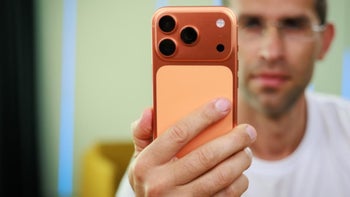
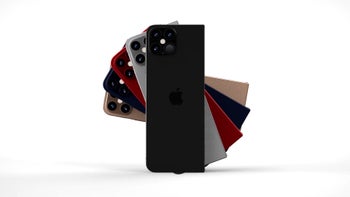
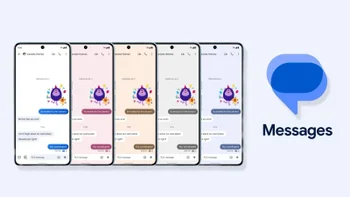
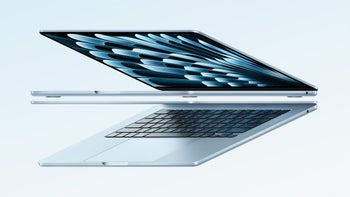
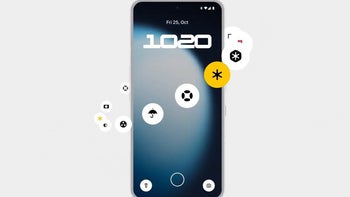
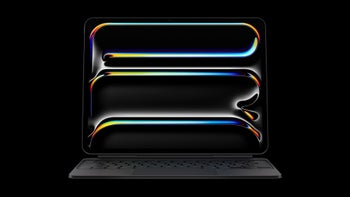
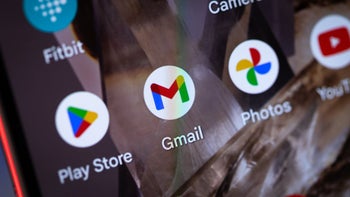

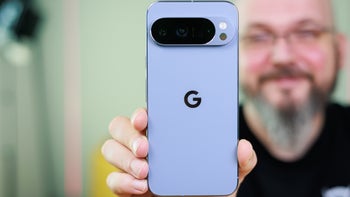
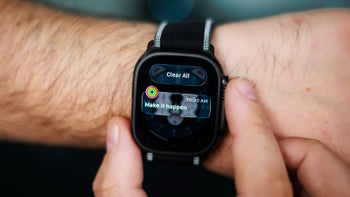
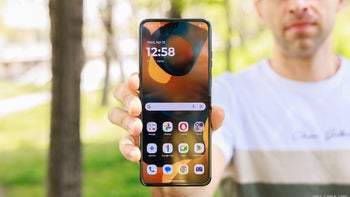
Things that are NOT allowed:
To help keep our community safe and free from spam, we apply temporary limits to newly created accounts: